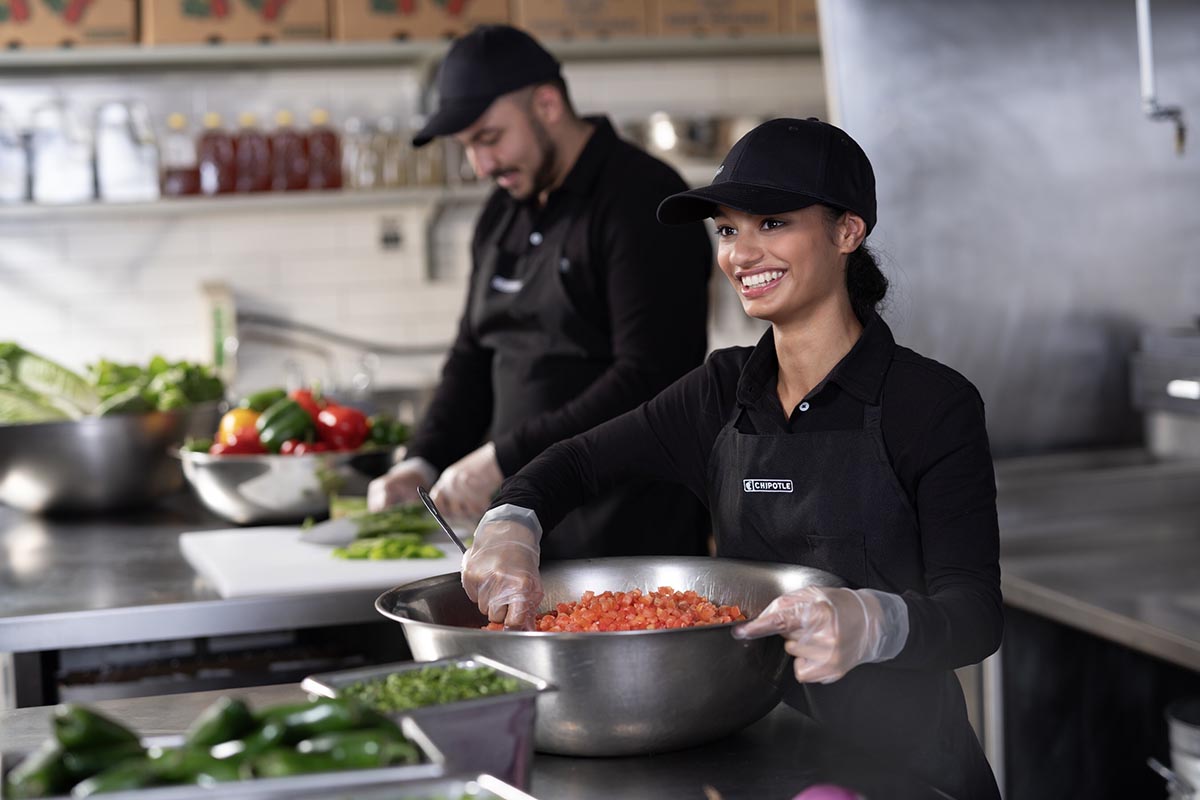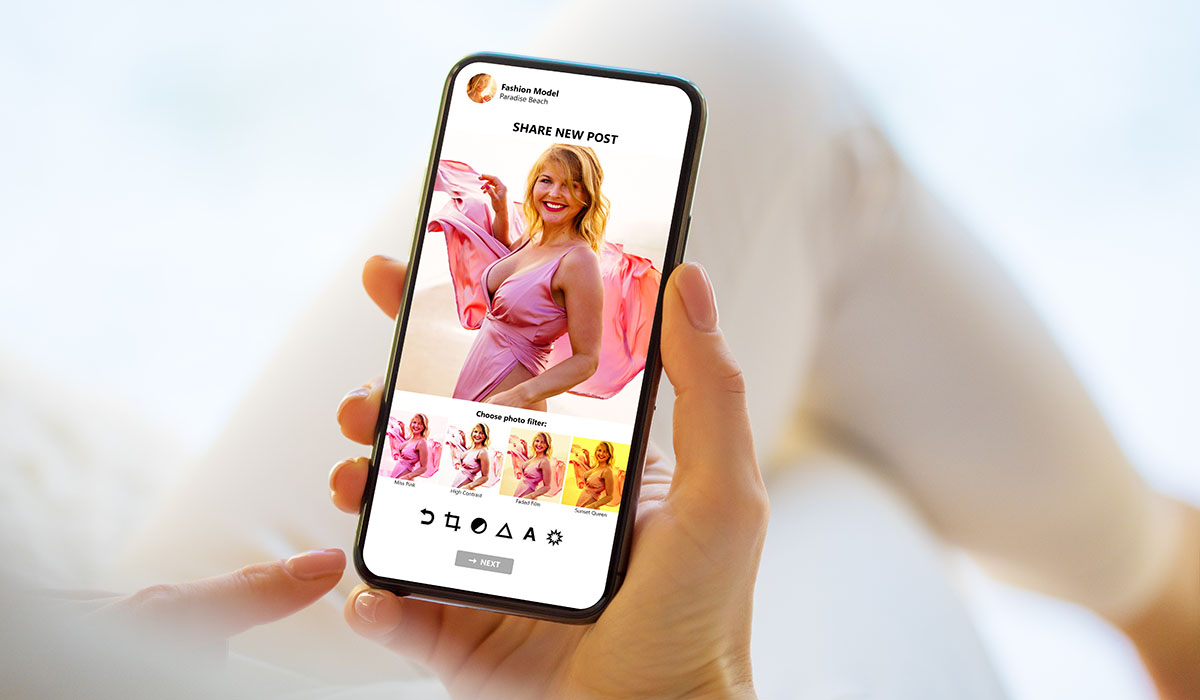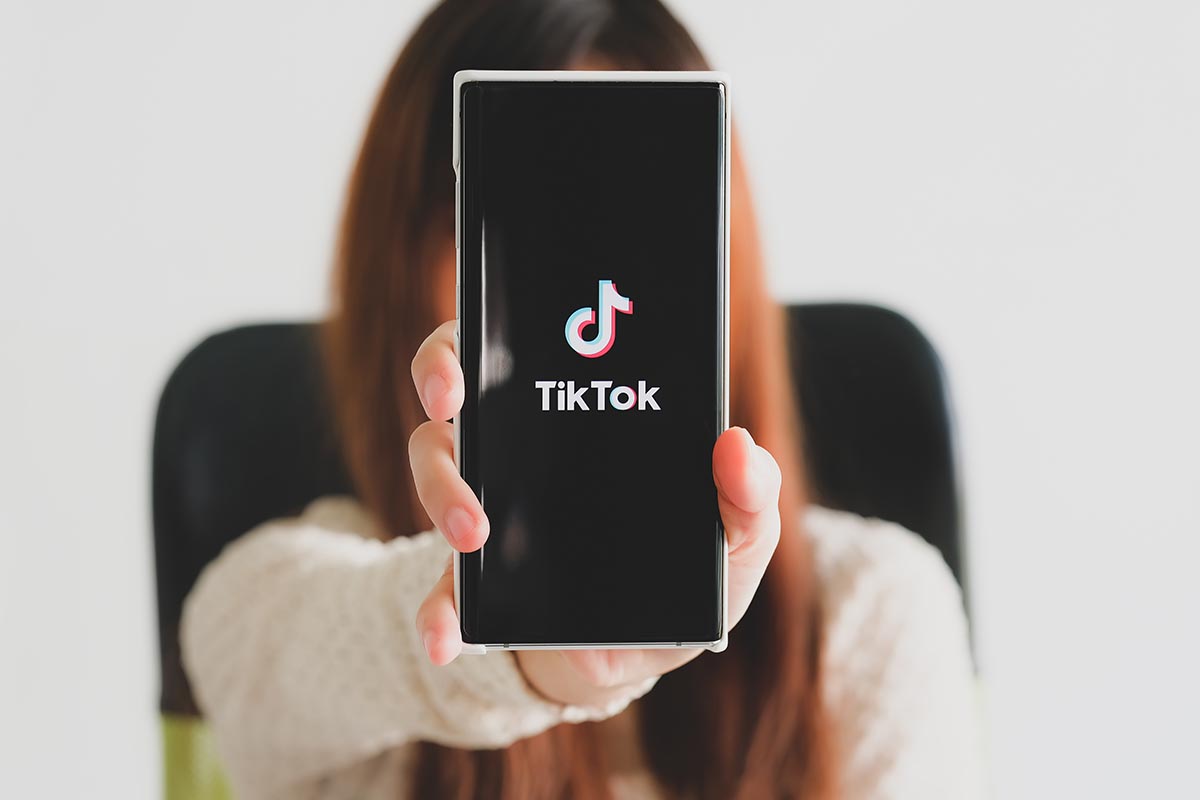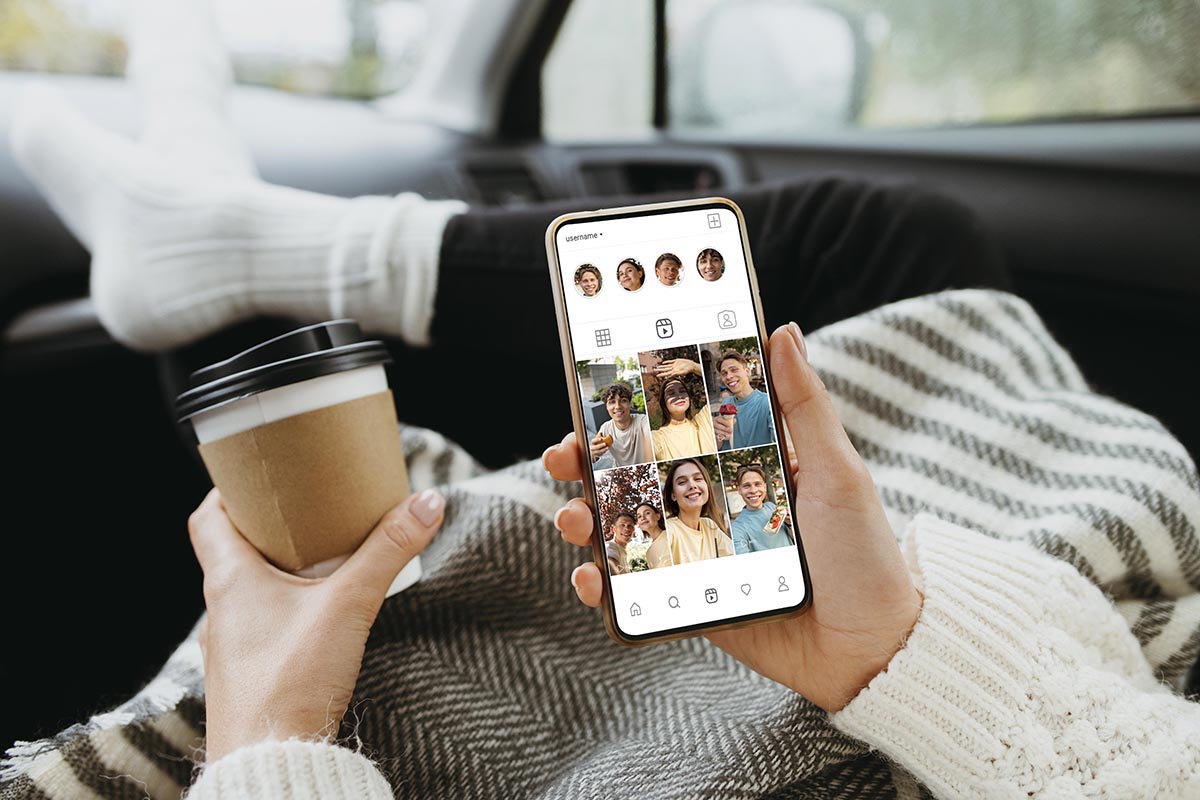The Biggest Trend of 2025: Employee Generated Content vs. Rhode Scandal
Key Points
- EGC (Employee-Generated Content) is the new UGC. Consumers trust content from real employees more than influencer-driven marketing.
- Authenticity matters more than ever. Brands that fail to showcase transparency risk losing credibility and consumer trust.
- Leading brands are shifting to behind-the-scenes storytelling. Companies like Starbucks, Chipotle, and Delta Airlines successfully use EGC to humanize their image.
2025 is the year of honesty and authenticity. The era of artificial perfection is fading, and customers no longer want to see overly polished ad campaigns.
People care about who is behind the brand, how real employees work, how orders are packed, and what happens behind the scenes.
The Shift from UGC to EGC: Why Employee-Generated Content is Taking Over
User-Generated Content (UGC) has been a dominant marketing strategy for years, with brands relying on customers to share their experiences.
But now, a major shift is happening—Employee-Generated Content (EGC) is emerging as the leading form of authentic marketing.
What is EGC and Why is It Important?
EGC is content created by a brand’s own employees, offering an insider’s view into the company’s culture, values, and daily operations.
Instead of influencer-driven promotions or scripted corporate videos, employees showcase real workplace moments, product development, and behind-the-scenes content that fosters trust and transparency.
EGC is no longer just about customers—content created by employees is becoming the top trend.
In the U.S., brands like Starbucks, Zappos, and Chipotle have successfully integrated employee-driven content into their marketing strategies, making their brand voices feel more human and relatable.
✅Case Study: How Starbucks Masters EGC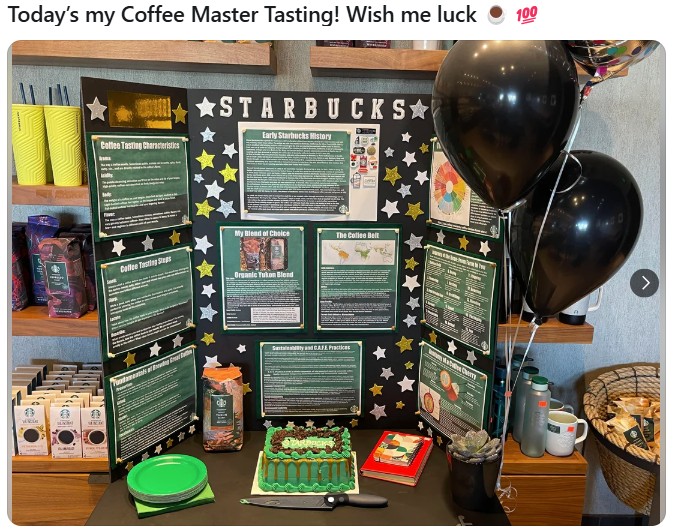
Starbucks has embraced employee storytelling across its digital platforms.
Baristas share videos of latte art, behind-the-scenes coffee brewing, and moments of customer interaction.
This approach has made Starbucks feel less like a corporation and more like a collective of passionate coffee lovers.
Their TikTok presence, in particular, thrives on EGC, with real employees showcasing day-in-the-life content, which enhances customer engagement.
The Risks of Ignoring Authenticity: The Rhode Scandal
However, not all brands have successfully transitioned into this new era of transparency. The Rhode scandal serves as a cautionary tale.
The company partnered with influencer Matilda Djerf to boost their brand visibility, but soon after, reports surfaced about a toxic workplace culture and discrimination within the company.
Employees and former staff members took to social media to share their negative experiences, causing a major public relations crisis.
The Fallout: Losing Consumer Trust
Consumers today demand authenticity, and once a brand’s integrity is questioned, it becomes extremely difficult to rebuild trust.
The backlash against Brand Road resulted in:
✅ Massive drop in brand engagement
✅ Loss of influencer credibility
✅ Boycotts and negative press coverage
✅ Long-term damage to reputation
Lessons Learned: Why Employee Voices Matter
Brands can no longer rely solely on celebrity or influencer endorsements. Customers trust real people more than staged ads.
To maintain credibility, businesses must shift their focus to showcasing genuine employee experiences rather than fabricating a picture-perfect image.
How American Brands Are Leading the EGC Movement
1. Chipotle: Turning Employees into Brand Advocates
Chipotle’s TikTok content is almost entirely employee-driven. Workers post fun and engaging videos about their experiences behind the counter, including burrito-making challenges and customer interactions. The result?
Millions of views and a brand image that feels accessible and down-to-earth.
2. Zappos: Culture Over Marketing
Zappos has long been known for its customer service-first approach, but what truly sets them apart is their commitment to employee happiness.
Their staff regularly shares videos about workplace culture, events, and team-building activities, reinforcing the company’s reputation as an employer that prioritizes its people. This transparency helps customers feel more connected to the brand.
3. Delta Airlines: Humanizing Corporate Content
Delta Airlines takes EGC to the next level by featuring pilots, flight attendants, and ground staff sharing their experiences.
From day-in-the-life vlogs to safety tips,
Delta’s employees help customers see the people behind the brand.
Their #InsideDelta campaign showcases the airline’s operations in a way that traditional marketing could never achieve.
How to Implement EGC in Your Brand Strategy
If you want to stay ahead in 2025, it’s time to embrace Employee-Generated Content.
Here’s how:
- Encourage employees to create content – Give them creative freedom to showcase their work life, products, and behind-the-scenes moments.
- Feature real workplace stories – Customers resonate with authentic experiences rather than scripted ads.
- Use platforms where your audience engages most – TikTok, Instagram Reels, and YouTube Shorts are perfect for short-form, engaging content.
- Support transparency and open communication – Employees should feel safe sharing insights without fear of backlash.
- Leverage EGC in hiring efforts – Showcasing employee experiences can boost recruitment efforts by highlighting your company culture.
Are You Ready for 2025?
The content game is changing, and brands must embrace honesty, authenticity, and transparency to stay relevant.
Employee-Generated Content isn’t just a trend—it’s the new standard.
Are your brands ready for this new reality? 2025 is not just about trends—it’s about honesty, transparency, and real human connection.


